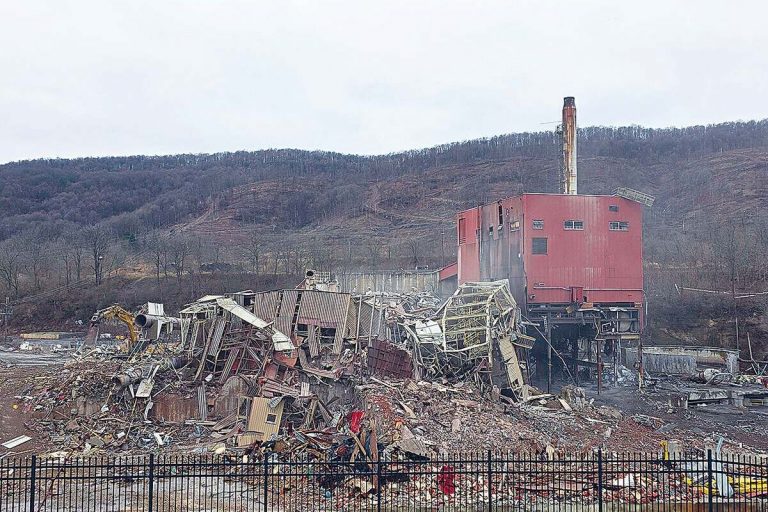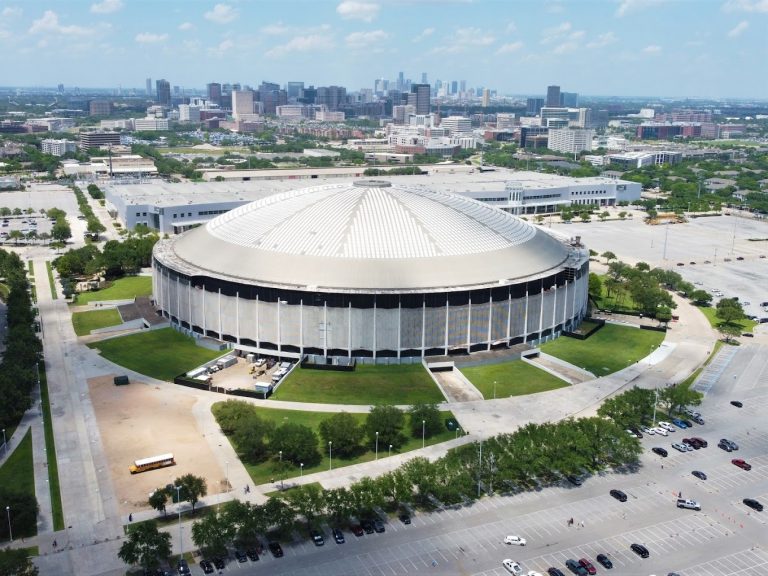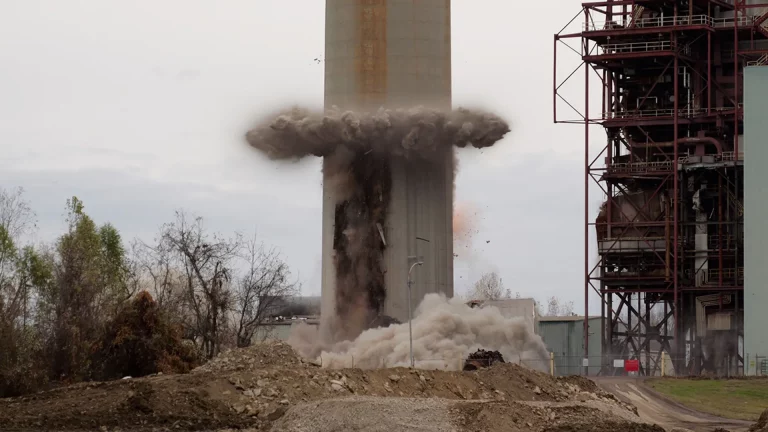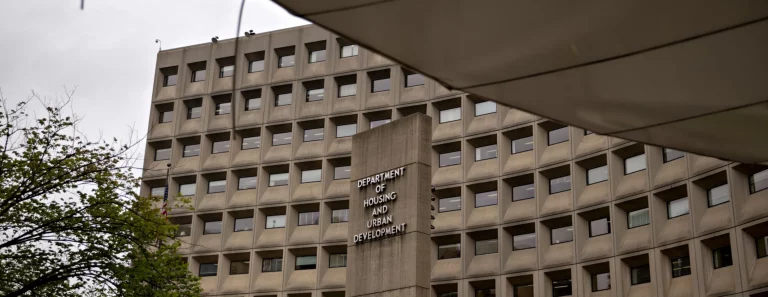
“The demolition process at a nuclear power plant is a very controlled and managed process that take many years to complete,” he said in an email. The silos were the tallest structures in Lake County when the plant began operation along the Zion lakefront in June 1973. Due to operational troubles that included rising costs, the plant stopped producing energy in 1997 and was shut down permanently in 1998. Since then, the towers have been the most noticeable evidence of the plant’s remaining structures, though the 257-acre property also contains a reported 1,500 tons of spent, radioactive fuel rods that were initially stored in pools and have been transferred to steel-and-concrete dry casks since the formal decommissioning began in September 2010.
The most recent step in the site’s overall demolition — the deconstruction of the first of two towers, called containment buildings — began 10 days ago and is expected to take 60 days to complete, Walker said on Thursday. Before that could begin, crews had to remove radioactive contamination from the piping system and components, flushing the system and using a technique called hydro-lasing, Walker said. Large components were also removed from the structure, coated with an epoxy and shipped to a disposal facility.
The buildings were surveyed by Nuclear Regulatory Commission officials before demolition was allowed to begin, Walker said, describing the standards they have to meet as the most rigorous so that the property is unrestricted in its future uses. The demolition, though, does not include the removal of 61 casks full of spent nuclear rods, company officials have said.
Located about 200 yards from Lake Michigan, the tilting tower is not at risk for falling into the lake, Walker said. Besides the fact that it’s leaning away from Lake Michigan, Walker said the company has found no signs of significant issues going forward and has taken the extra step of involving independent third-party engineers in the process as well as their own corporate engineers.
Those engineers are evaluating the current demolition, ensuring that the company has considered and evaluated a “wide range of scenarios” before demolition continues next week, Walker said.
An office building and warehouses were already demolished in 2015 followed by the turbine building in 2016 and two other buildings, including one for handling fuel, in 2017, according to Walker. The earlier part of this year was focused on the decontamination process for the containment buildings.
em*******@*****ub.com




